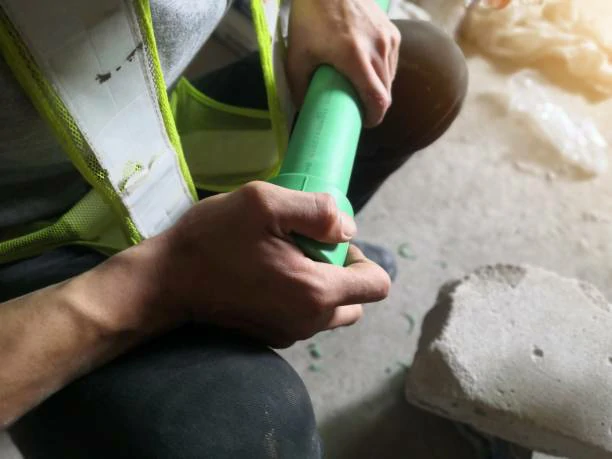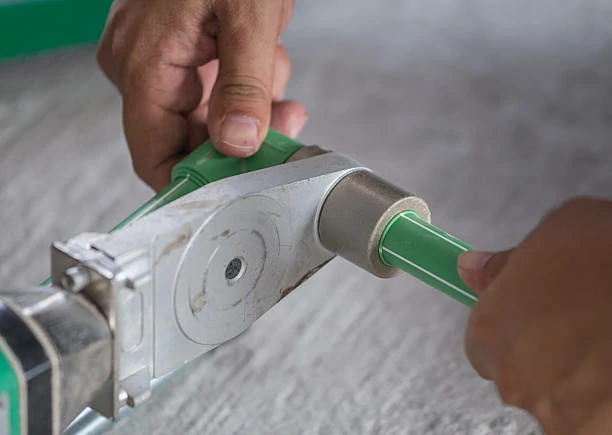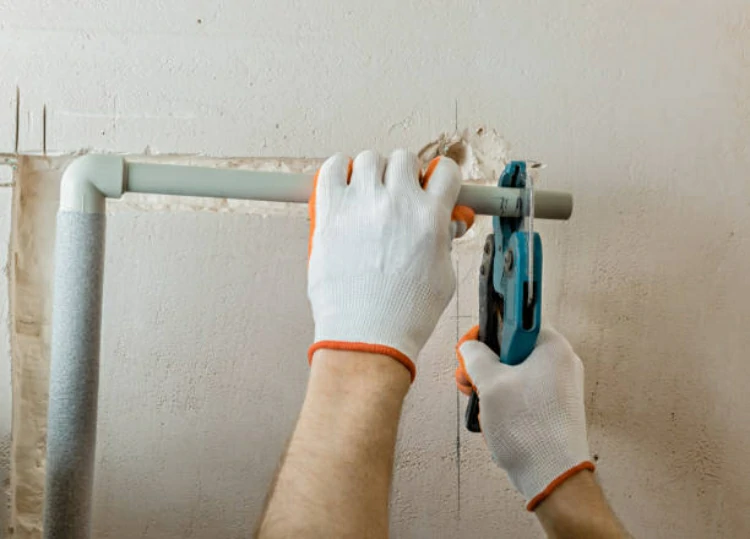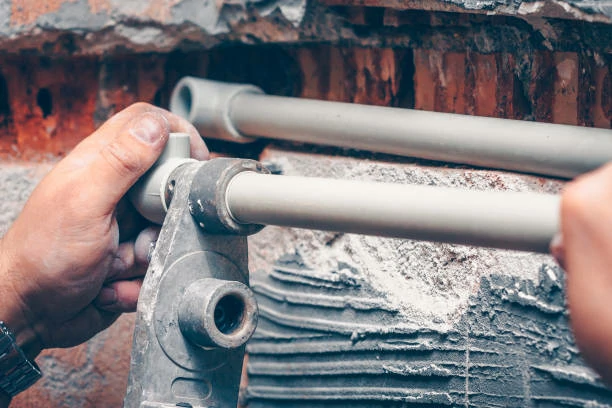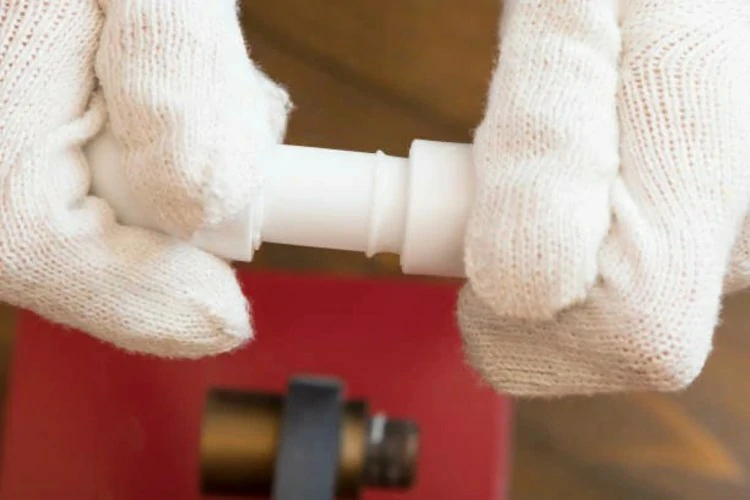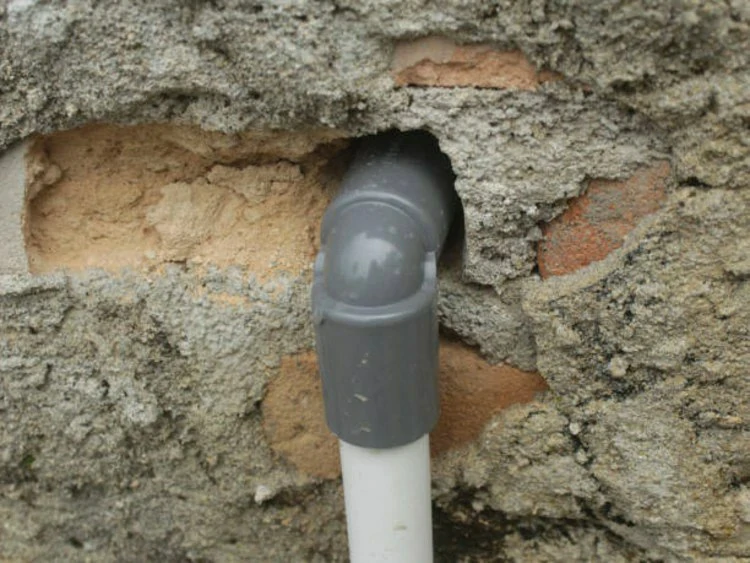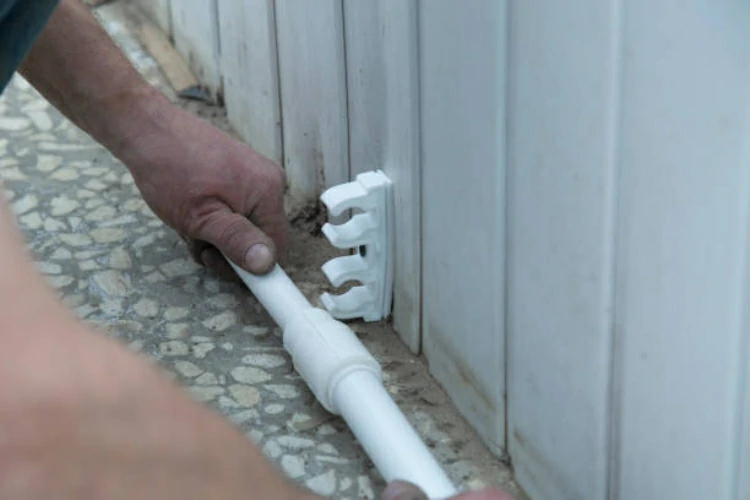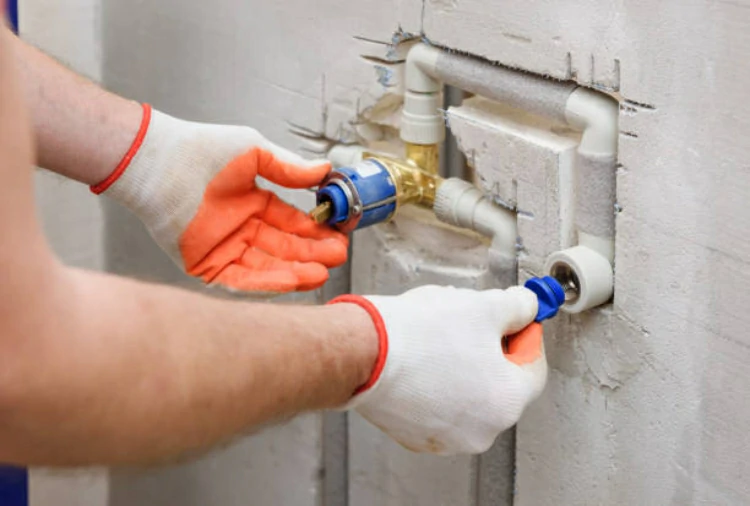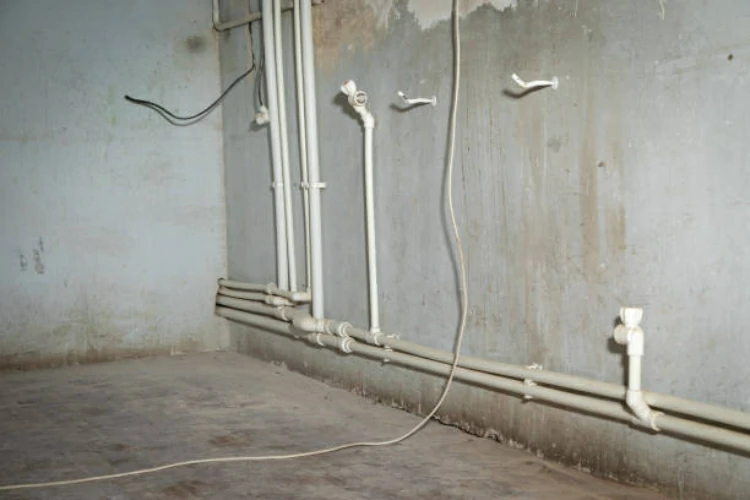Market Size of PPR Pipes
Introduction Polypropylene Random Copolymer (PPR) pipes have become a staple in the global plumbing and piping industry. Their excellent properties, such as durability, chemical resistance, and ease of installation, have driven their widespread adoption across various sectors. This article explores the market size of , examining factors contributing to their growth, key market segments, regional […]
Market Size of PPR Pipes Read More »


